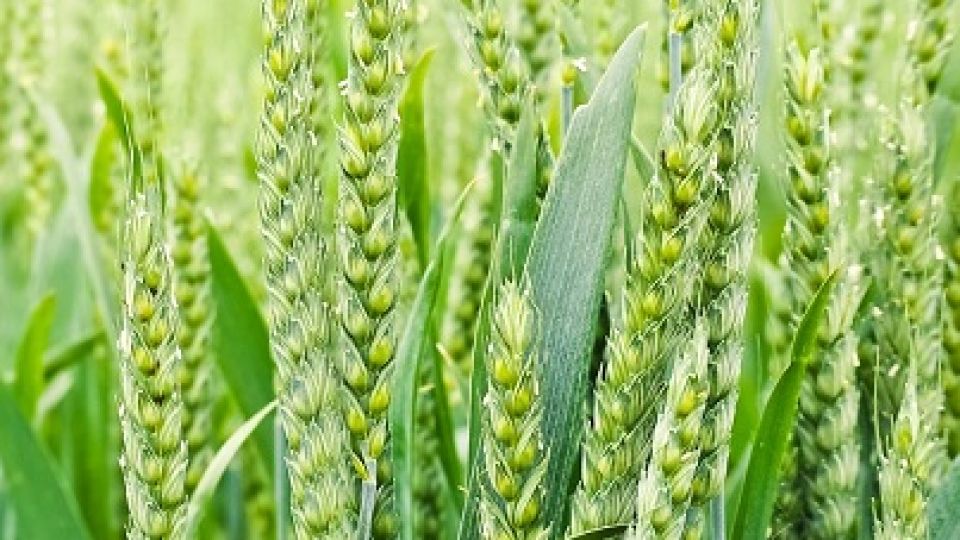from DION HENRICK in Cape Town, South Africa
Western Cape Bureau
CAPE TOWN, (CAJ News) – A DECLINE in wheat production for the 2022/23 season confirms South Africa will remain a net importer of the commodity.
According to the latest Crop Estimates Committee’s (CEC’s) wheat production update, South Africa’s 2022/23 wheat harvest is at 2,18 million tonnes, down by 3 percent from December 2022 forecast and 2021/22 harvest.
The challenge, noted an economist, is poor yields in the Western Cape, not reduced area planting.
The province, a major wheat producer, suffered a 24-percent decline in projected output of wheat because of the drier weather conditions.
Wandile Sihlobo, chief economist at the Agricultural Business Chamber (Agbiz), noted the impact of lower yields in parts of the province was evident, which placed the province’s crop at 954 000 tonnes, down from 1,26 million tonnes in the 2021/22 season.
He pointed out that farmers lifted the area plantings to 566 800 hectares, from 523 500 hectares in the previous year.
Sihlobo said this was on the back of attractive prices following a surge in wheat prices after Russia invaded Ukraine, as well as good soil moisture in various wheat-growing regions of the country.
The economist said notably, the decline in the Western Cape’s crop was somewhat compensated by the increase in the harvest in the Free State, Limpopo and Northern Cape amongst other provinces.
“I expect the country to import 1,6 million tonnes, roughly unchanged from the previous year,” Sihlobo said.
The major wheat suppliers will likely remain Argentina, Australia, Brazil, Latvia, Lithuania, Poland and the United States.
South Africa’s wheat imports data for the past five years indicates Russia was one of the major wheat suppliers, accounting for an average share of 26 percent yearly.
“The suppliers mentioned above have replaced this volume,” Sihlobo explained.
“…But we are now seeing a return of Russia in the wheat suppliers for South Africa.”
ADAMA, a global leader in crop protection, notes that South Africa relies on imports for 40 percent to 50 percent of local consumption.
It reports that although traditionally wheat was not the leading staple crop in sub-Saharan Africa, it is becoming more important due to rapid population growth and increased urbanisation.
This is effecting a change in food preferences and growing demand for easy and fast food including bread, biscuits, pasta, noodles and porridge.
It is meanwhile feared South Africa’s wheat yields, from irrigation, will not increase in the future if there is no solution to load shedding by beleaguered power utility, Eskom.
– CAJ News

